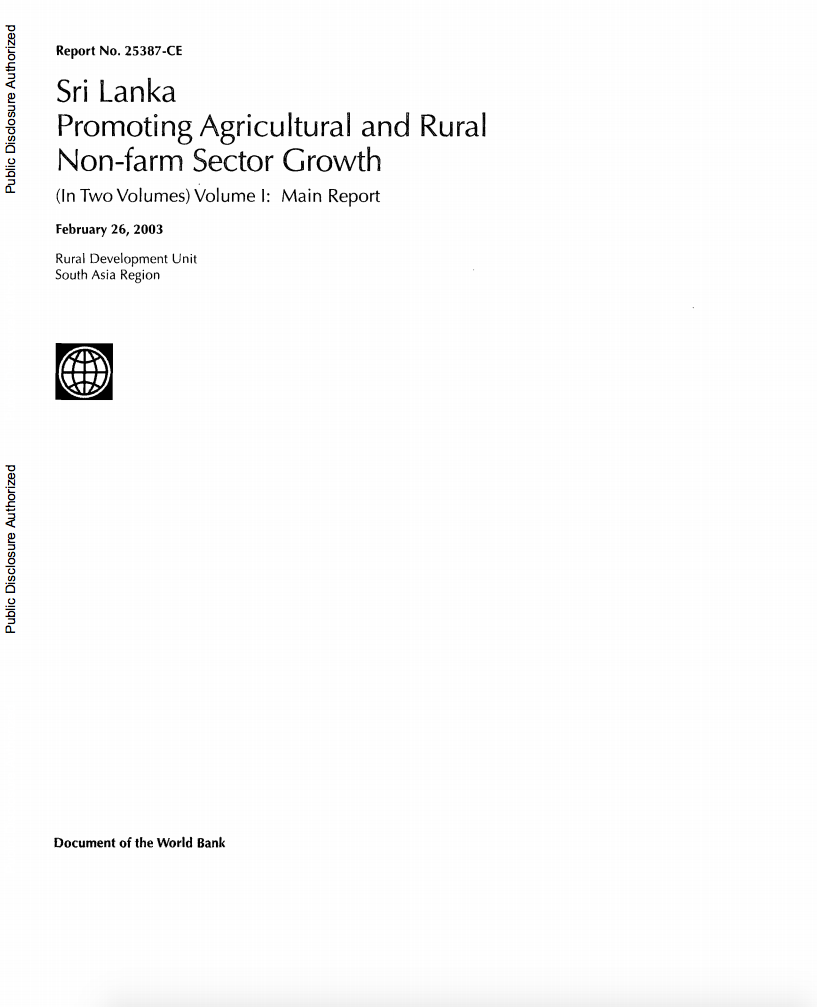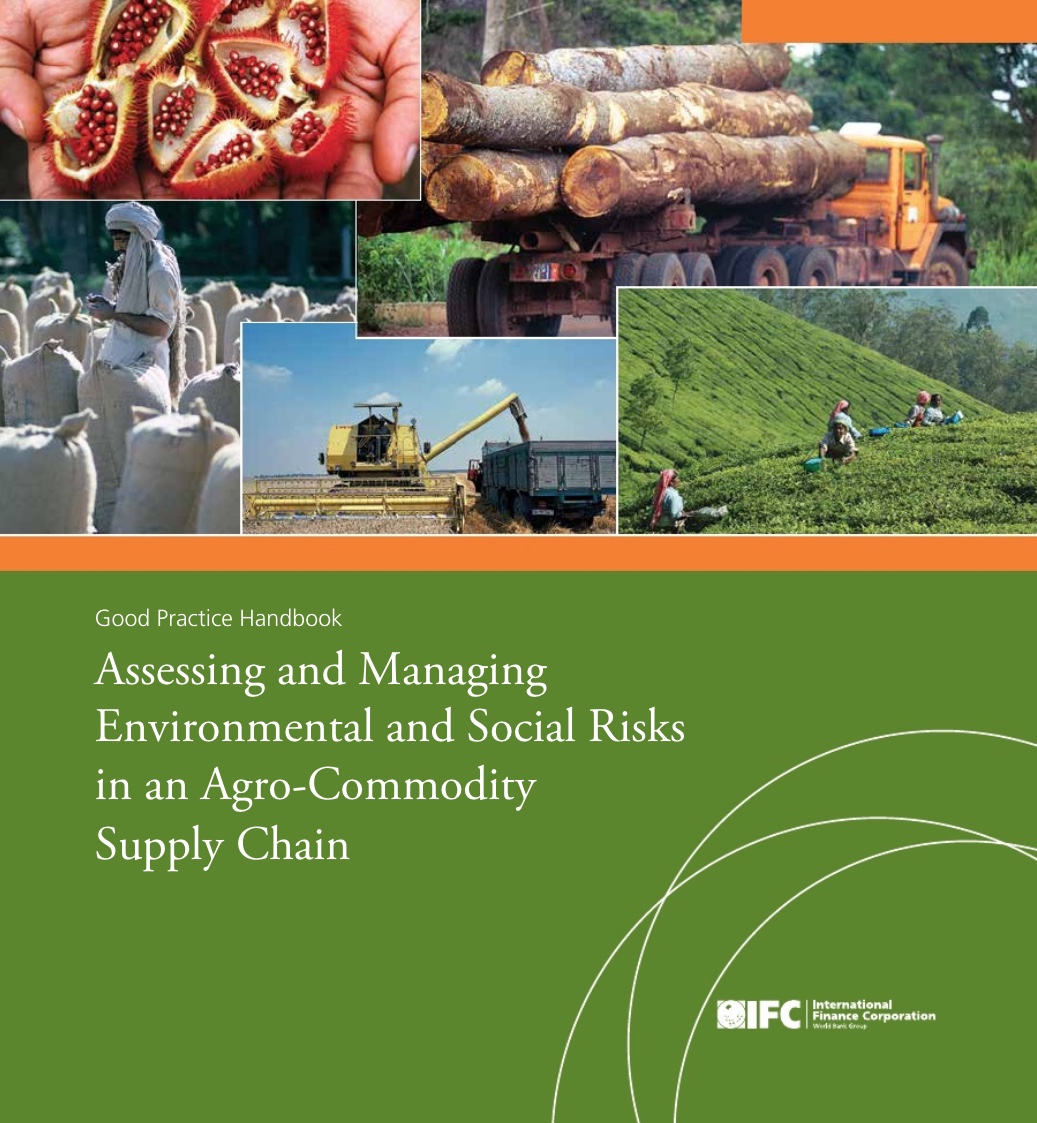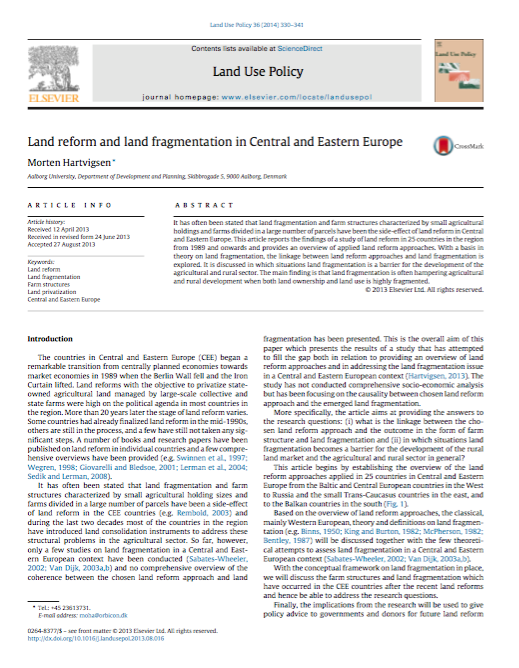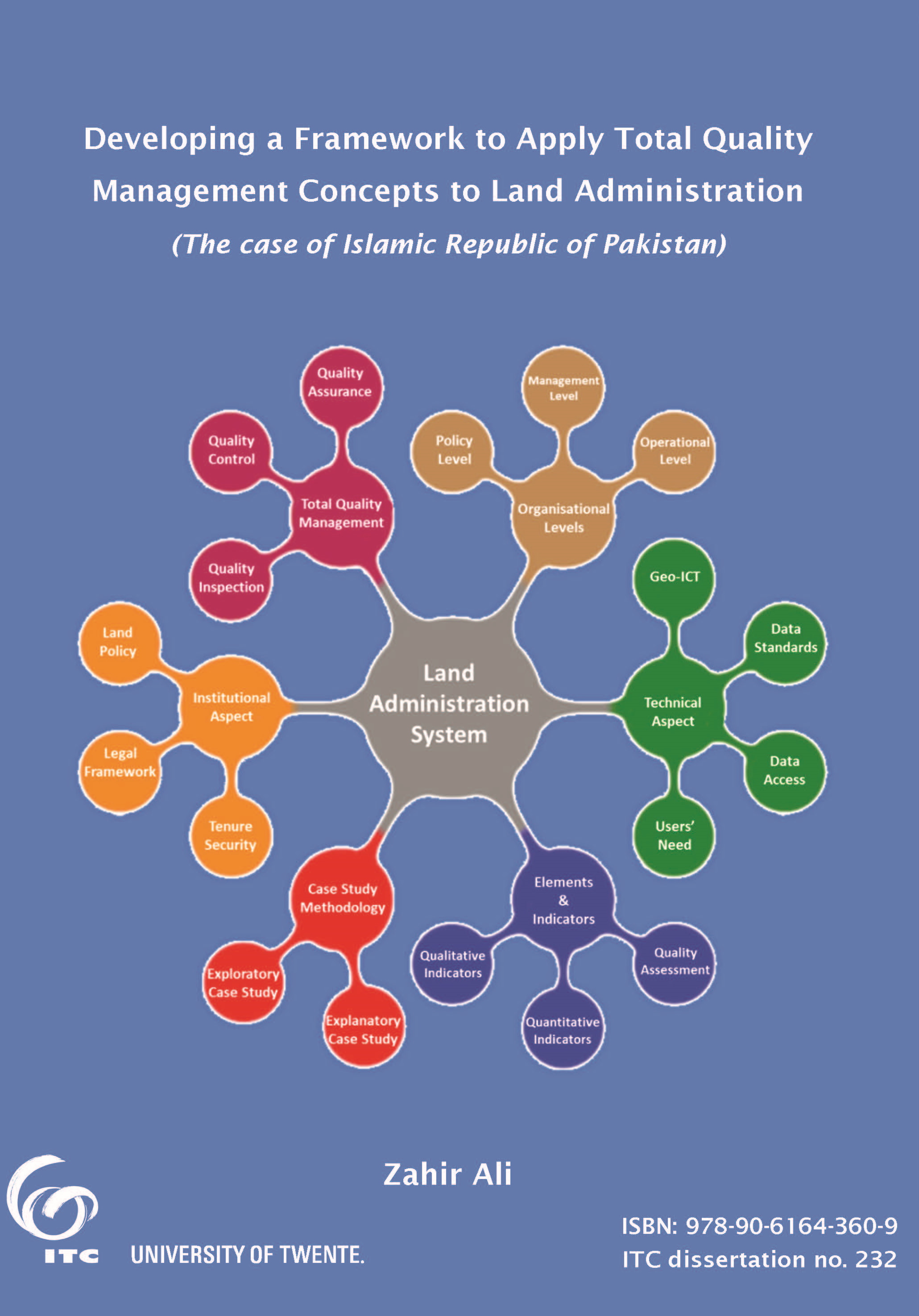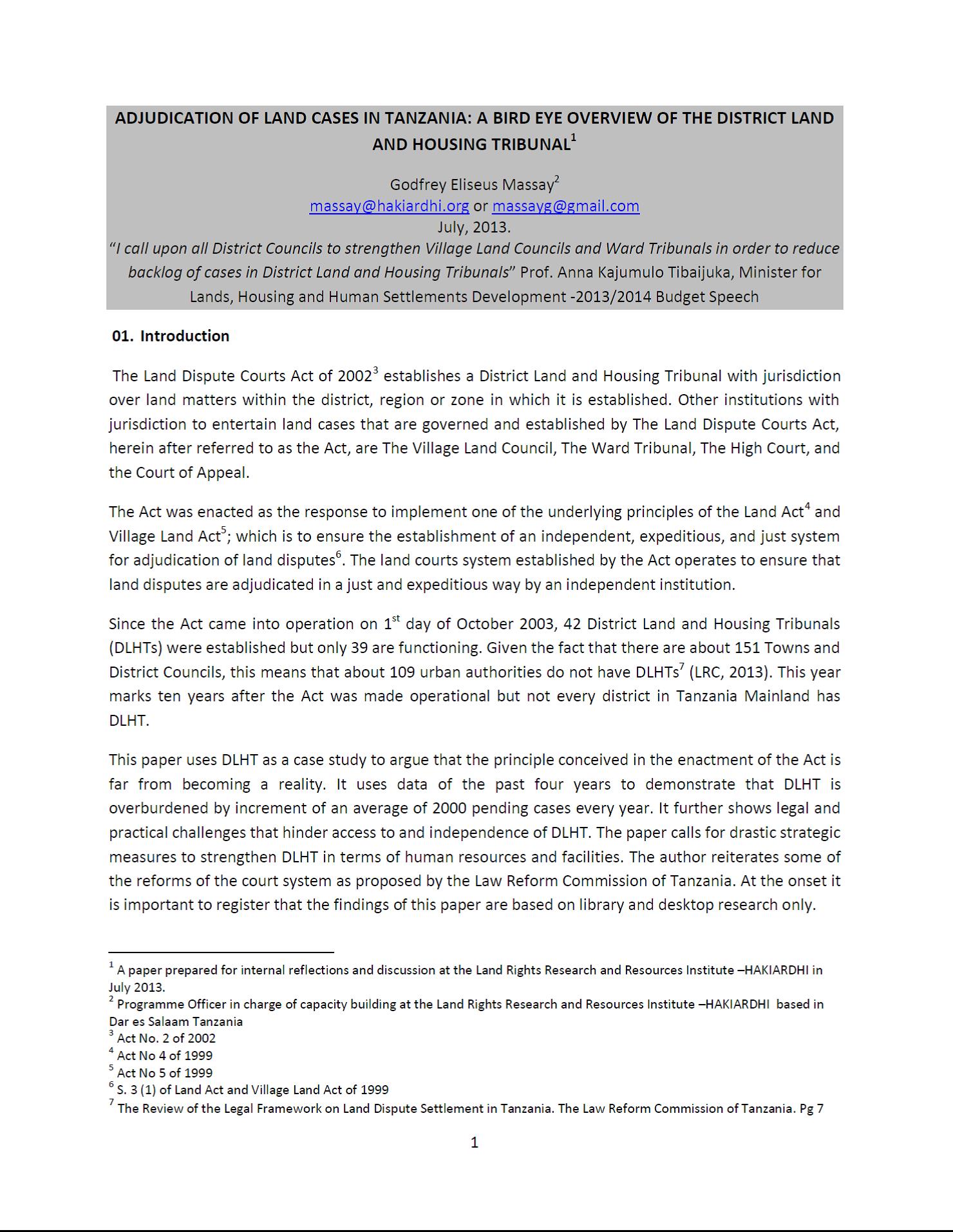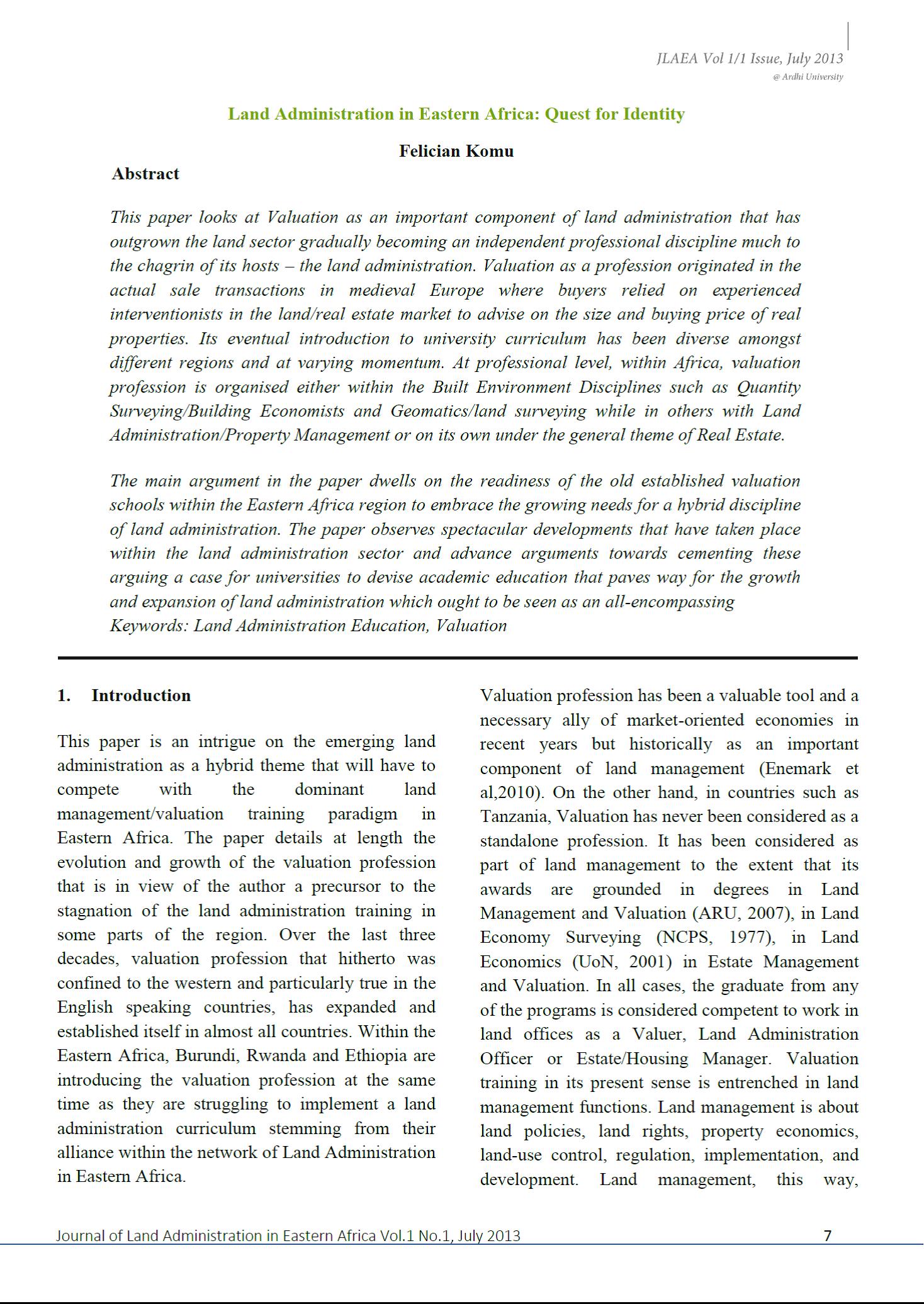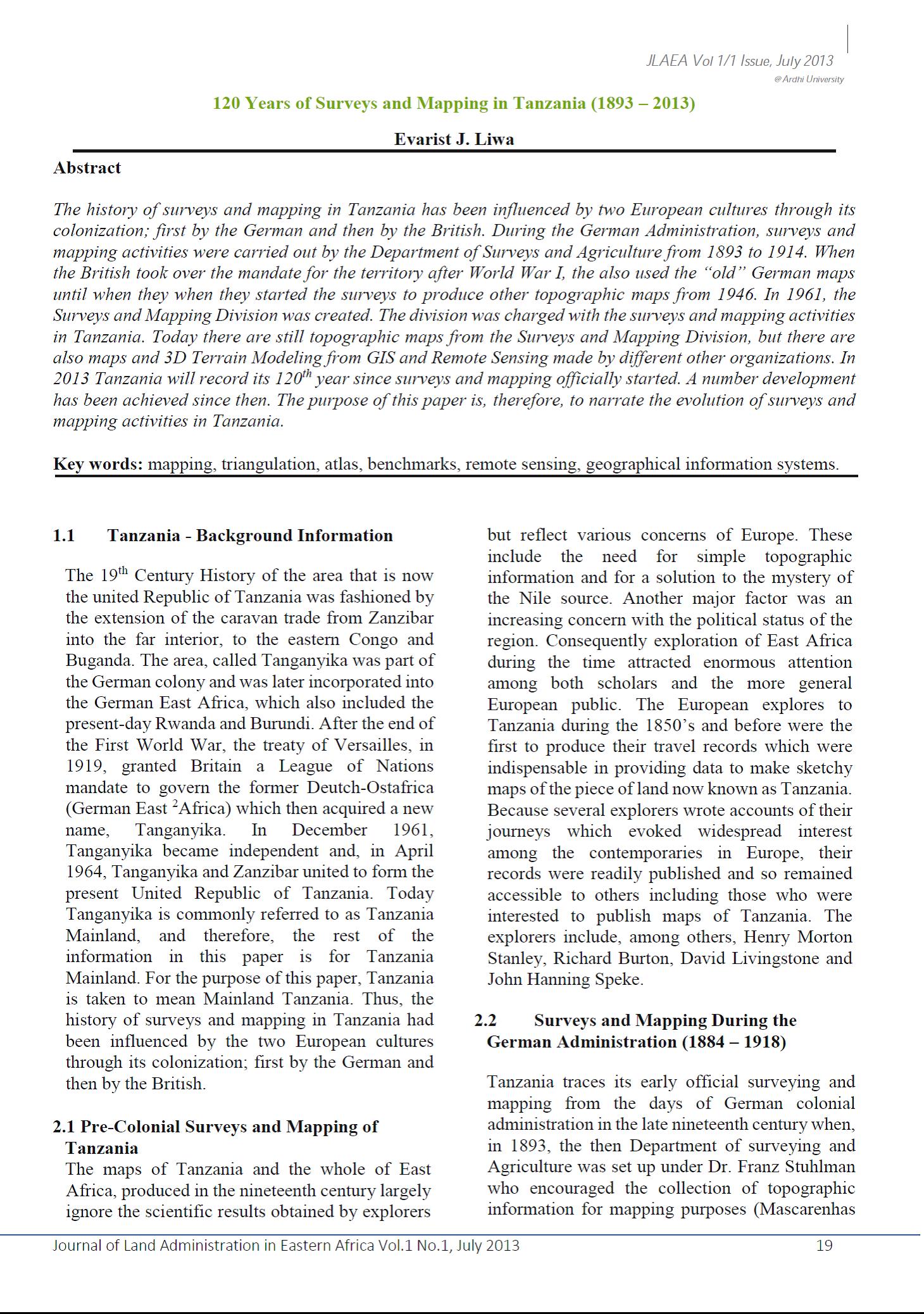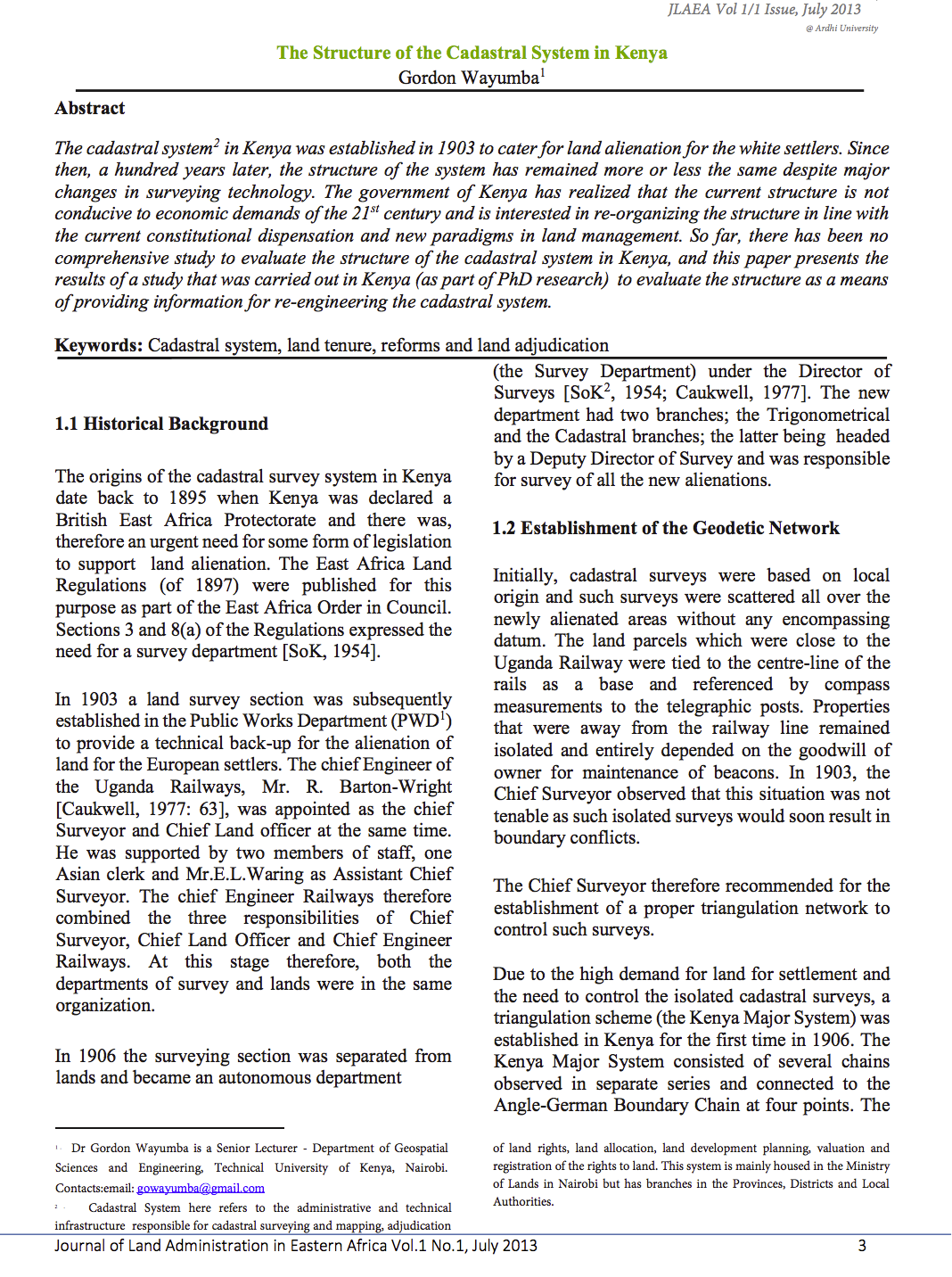Administrative Barriers to Foreign Investment in Developing Countries
Recent international experience has shown that excessively complex administrative procedures, required to establish, and operate a business, discourage inflows of foreign direct investment. The authors present a new database on the administrative costs faced by private investors in 32 developing countries.


